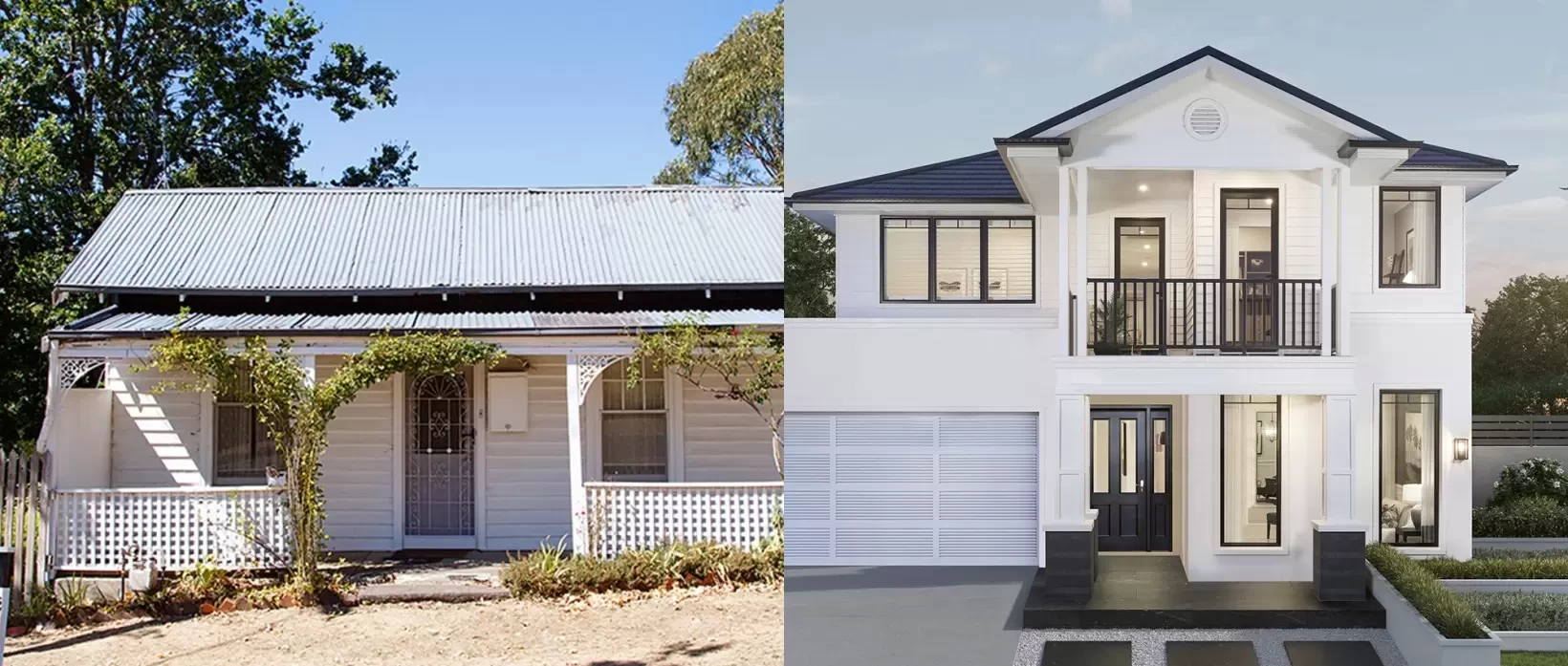Transforming Blueprint to Reality: A Path of New Home Construction
Building a new home can be one of the most truly satisfying moments in life, filled with enthusiasm and innovative ideas. However, the process from design to actuality is also a demanding journey that requires thoughtful planning and thought. Regardless of whether you aspire to have a comfortable family house or a contemporary architectural masterpiece, comprehending the stages involved in new home construction is essential for making informed decisions.
In this manual, we will take you through each step of creating a fresh home, from the initial organization and design choices to the final finishing touches before relocating. We will discuss important topics like schedules, cost estimation, and supplies, while also answering common inquiries you may have, such as how long it will take to create a new home and what to consider when picking a home constructor. Whether you are a new homebuyer or wanting to design your ideal living space, this write-up will provide valuable insights to help you navigate through the process ahead.
The Building Procedure
Constructing a new house involves a methodical process that unfolds in several stages. Initially, the site preparation starts with cleaning the land, leveling the lot, and creating a strong foundation. This foundation is crucial as it supports the full weight of the structure. After https://writeablog.net/angerink2/building-a-new-home-your-ultimate-checklist is set, the framework of the home takes shape, including walls, roof trusses, and key structural components. This phase is typically when the entire size and scale of the home become visually apparent, allowing homeowners to start to envision their future home.
After the framing is finished, the construction process advances to the installation of major systems such as plumbing, electrical, and HVAC. https://grimes-patrick-3.blogbright.net/eco-friendly-aspects-to-consider-in-new-home-construction is vital for making sure that the home will be functional and comfortable. Once these key systems are in place, insulation is added to promote energy efficiency and comfort all year round. Following insulation, the interior walls are sealed, and the home begins to take on its final form with drywall installation, which is an important milestone for many contractors.
As the construction progresses, focus changes to the finishing touches that make a house a home. This includes flooring, cabinetry, and countertops, followed by painting and finishing touches. It's at this point that the personalization of the space is evident, with homeowners selecting colors and materials that reflect their style. Additionally, external features like siding, roofing, and landscaping are completed to enhance curb appeal. This phase wraps up with inspections to make sure all work meets building codes and quality standards, preparing for the last walkthrough before moving in.
Funding and Budgeting
As you embarking on the journey of constructing a fresh home, comprehending how to support it is essential. There are multiple options available, including traditional mortgages, construction loans, and even unique loans for first-time builders. Construction loans usually cover the cost of erecting the home and change to a mortgage once construction is complete. go to the website is necessary to analyze your financial situation and decide which loan type fits best with your needs. Consulting with a finance expert or mortgage broker can deliver valuable insights into your optimal financing options.
Financial planning for a recently constructed home construction surpasses beyond just the cost of land and materials. It is crucial to account for various expenses, including manpower, permits, inspections, and likely delays. A thoughtfully designed budget should also include contingencies for unexpected costs, which often arise during construction. By being prepared and thoroughly estimating these costs, you can avoid financial strain and ensure that you have the funds to complete your new home.
Finally, hidden costs can usually derail a new home construction project if you are not prepared. Expenses such as utility connections, landscaping, and even interior finishes can easily add up. To lessen surprises, it is smart to conduct thoroughgoing research and obtain comprehensive quotes from contractors. Being honest with your builder about your budget and goals will also help in making knowledgeable decisions. With meticulous planning and budgeting, you can transform your dream home from blueprint to reality without money problems.

Design and Construction Options Selections
Picking the ideal style and materials for your future home is a essential step that shapes not just the aesthetics but also the usability and durable resilience of your living area. It's crucial to think about the overall design, whether you like an open concept that promotes communal living or a classic layout that offers more privacy. Additionally, think about how the style suits your lifestyle. Integrating smart home technologies can boost convenience and efficiency, making your home not only stylish but also contemporary and practical.
When it pertains to materials, choosing high-quality choices is crucial. This decision affects everything from your home's energy efficiency to its upkeep requirements. For instance, using energy-efficient materials can help lower energy bills and boost comfort. Common options include sustainable materials like bamboo flooring and reclaimed wood, which not only offer beauty but also minimize ecological impact. Each material brings individual properties that can improve your home, so evaluate these options diligently before making a decision.
Finally, consider how your style selections coordinate with the outside of your house. Options like brick, wood, or stucco can significantly change the visual attractiveness and upkeep of your home. By matching your construction selections with your architectural design, you can create a unified look that shows your individual style while also standing the test of time. Ultimately, careful style and construction selections create a solid foundation for your upcoming home, ensuring it meets your needs for years to come.